So you’re interested in trying out some wine, but getting started can be difficult. Over its storied history, wine has earned a reputation for exclusivity.
Health benefits aside, drinking wine is a great way to start slowing down the fast pace of life. This is because drinking wine can encourage you to slow down and sip rather than gulping it down.
We all started somewhere, but not always at the same place. So here’s some common questions everyone has when getting started:
Table of Contents
Pg. 1 . . . Do I Really Need a Special Wine Glass?
Pg. 2 . . . Selection Paralysis at the Wine Shop
Pg. 3 . . . Reds, Whites or Somewhere Between?
Pg. 4 . . . What’s with Smelling the Wine?
Pg. 5 . . . Tips for Drinking Wine
Pg. 6 . . . What if I try wine, but I don’t like it?
Do I Really Need a Special Wine Glass?
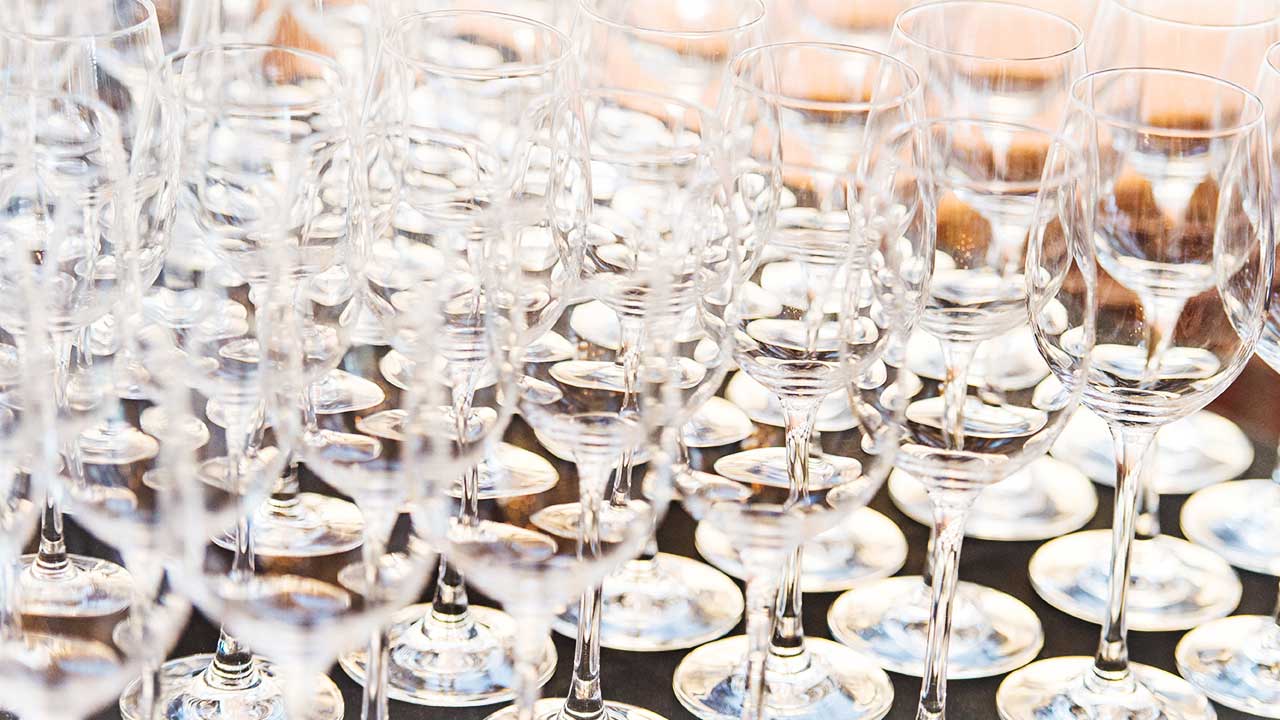
When it comes to starting out there’s only one right glass: The one you have.
That said, if you don’t have any actual wine glasses yet, we’d recommend grabbing some. Why? Because you’ll enjoy wine more if you drink it from a wine glass.
You don’t have to believe us; it’s science.
In and of itself, picking out wine glasses can be an intimidating factor. While it’s true some wines pair better with specific glasses, that doesn’t mean it’ll somehow be terrible if you don’t have the right wine glass.
The team over at Wine Folly have some great tips on different types of wine glasses.
The takeaway here is while wine glasses can help you enjoy wine more, you don’t need to get fancy with it off the bat. Grabbing a simple, standard wine glass set to start with will work great.
Selection Paralysis at the Wine Shop

Once you’ve got a wine glass, it’s time to take an expedition to your local wine or liquor store to grab a bottle of wine.
The sheer amount of choices can be enough to keep many people from even trying wine. This is normal, and it’s something we experience a lot in life. This form of decision paralysis isn’t unique to wine.
Fortunately, there’s no right or wrong wine to try first. The best wine you pick out is the one that you pick out. Half of the enjoyment for wine is trying out different types – or varieties, as they’re called in the wine world – of wine.
There’s no pressure. You can’t fail.
While every store is different, most stores organize their wines by color. Red wines on one side and the white wines on another.
Wines are usually organized by the variety within the color. So with the red wines you’ll find bottles of Cabernet Sauvignon (a variety of red wine) together.
Down the white wine aisle, you’ll find the same organizational system.
The only difference here, of course, is that white wines have different varieties. So you’ll have bottles of Chardonnay sitting together.
Red, White or Somewhere Between?

Because of the way shops organize their wine, it means the first choice you’ll have to make is what color wine you want. This might seem like a hard decision when you’re first starting out, but it’s not.
After all, you make similar decisions all the time.
Let’s pretend you’re choosing between two salads. One has dark greens, a variety of veggies and topped with a sprinkling of nuts. The other has lighter greens, dried fruit throughout and topped with a tasty dressing.
Which will you like better? Without tasting them, it’s next to impossible to say for sure.
The same is true for picking your first wine. There’s no wrong choice; you just have to start somewhere.
Of course, presented with the two salads you might be able to make an educated guess on which you’d prefer. If you’re not a fan of nuts, for example, you probably won’t pick a salad sprinkled with nuts.
Similarly, different wines do have different flavors so it never hurts to try to make an educated guess.

Generally speaking, red wines often come with a much fuller fruit flavor. This is referred to as full-bodied in the wine world, and can mean just having stronger flavors.
White wines, on the other hand, are typically more citrusy or acidic. Although their flavors aren’t always as strong as red wines, depending on your palette’s sensitivity to acids, you may find white wines just as bold as reds.
Make your best guess and grab a bottle (or two).
Still not sure? Don’t be afraid to ask.
Most proprietors love offering suggestions for things to try. If they’re really good, they can give you some educated guesses at what wine varieties you’d like based on the types of food you prefer.
What's with Smelling the Wine?

Smells play a huge part in how we taste things. So after you pour your first glass, give it a sniff first. What do you smell?
If you don’t smell anything initially, try giving the wine a swirl in the glass. Doing this will cause the liquid to mix in the glass and release its aromas into the air.
The shape of your wine glass is designed to trap the aromas in the air above the glass so you can smell the wine better. This, coupled with the scientific fact that smells play into tastes, is a huge reason why a wine glass can improve the taste of your wine. And, by extension, your enjoyment of it.
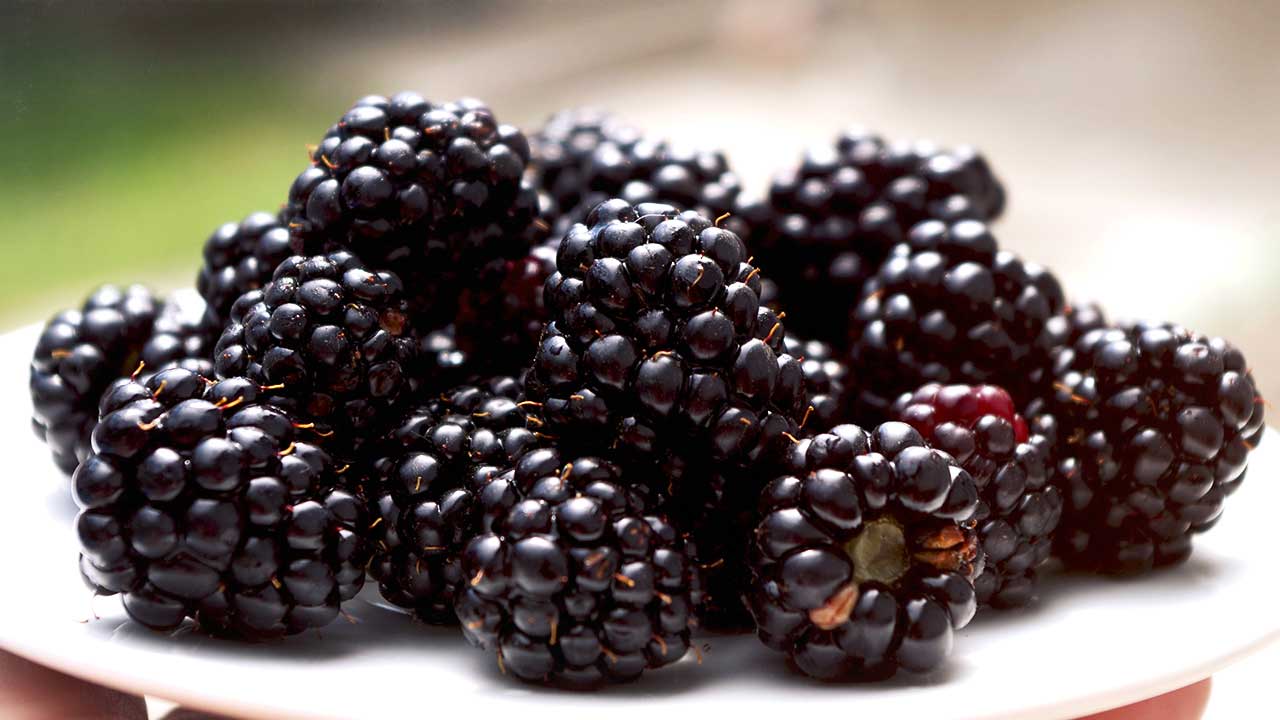
As you’re smelling your wine, try to picture the flavors you’re smelling in your head. Sometimes closing your eyes can help.
If you got a bold red, you might smell blackberries. Keep rummaging through your mind for pictures of various foods and smells you’ve encountered. Try to match them to what you’re smelling in the wine.
It’s common to smell things other than foods. Some wines can concur up aromas of tobacco, wood or even wet grass.
Try to come up with at least two or three things you’re smelling. In the wine world, these are referred to as the aromas. There’s no right or wrong answers. Let your imagination run wild and keep swirling and sniffing if you need to.
Tips for Drinking Wine
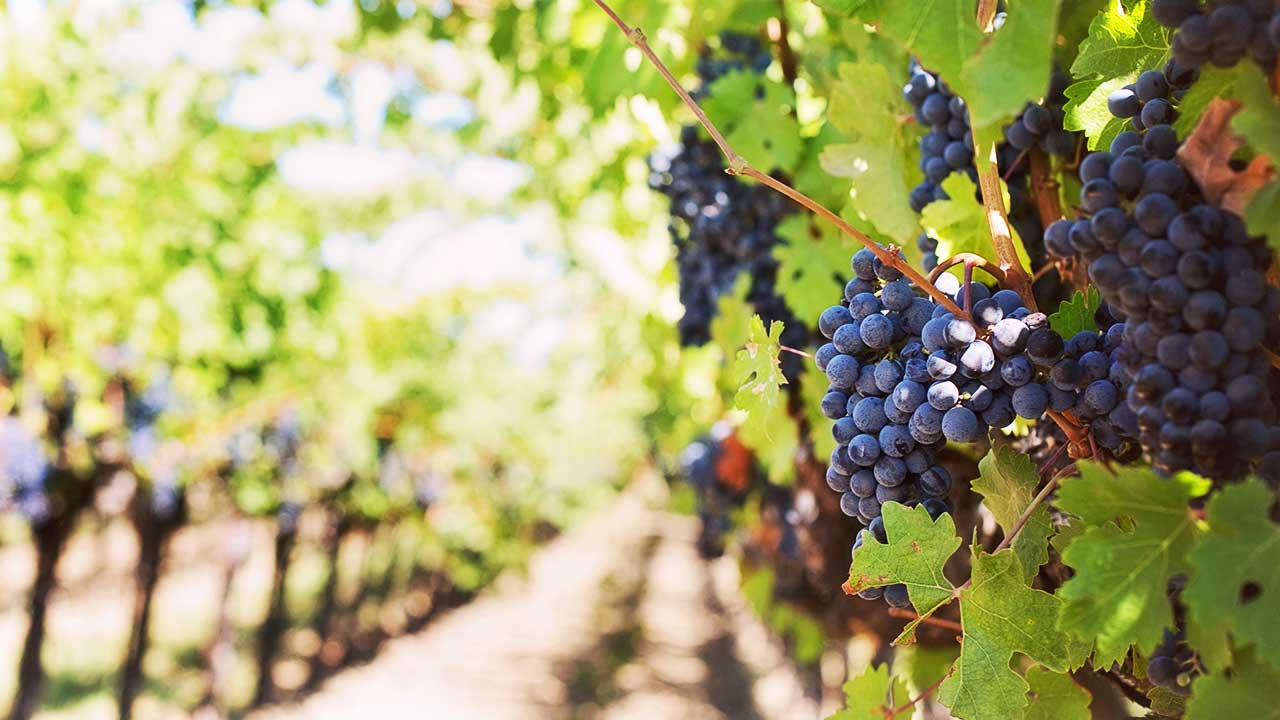
After enjoying the wine’s aromas, tip the glass and give your wine a taste. Like the aroma exercise, try closing your eyes and picturing different flavors.
Are you tasting the same flavors you smelled? New ones?
Some wines have a strong textural element. Can you detect it?
It might be smooth and silky, or perhaps it’s harsh and coarse. As with the actual flavors, there’s no right or wrong answers.
Perhaps one of the most important elements of tasting wine is to avoid being influenced by others.
If you ask two people to describe the same wine, they’ll give you two different descriptions. Sure, there might be some overlap, but it’ll never be exactly the same.
Everyone experiences smells and tastes differently, and the subtleties inherent in wine can help bring those differences out.
Sometimes it can help to take a big gulp and swish it around your mouth for a bit to identify the flavors and textures.
Are you tasting something acidic, like lemon? Perhaps there’s some heavy fruit flavors, or even some charcoal taste.
As you did with the aromas, try to come up with at least two or three tastes.
What If I Try Wine, but I Don't Like It?
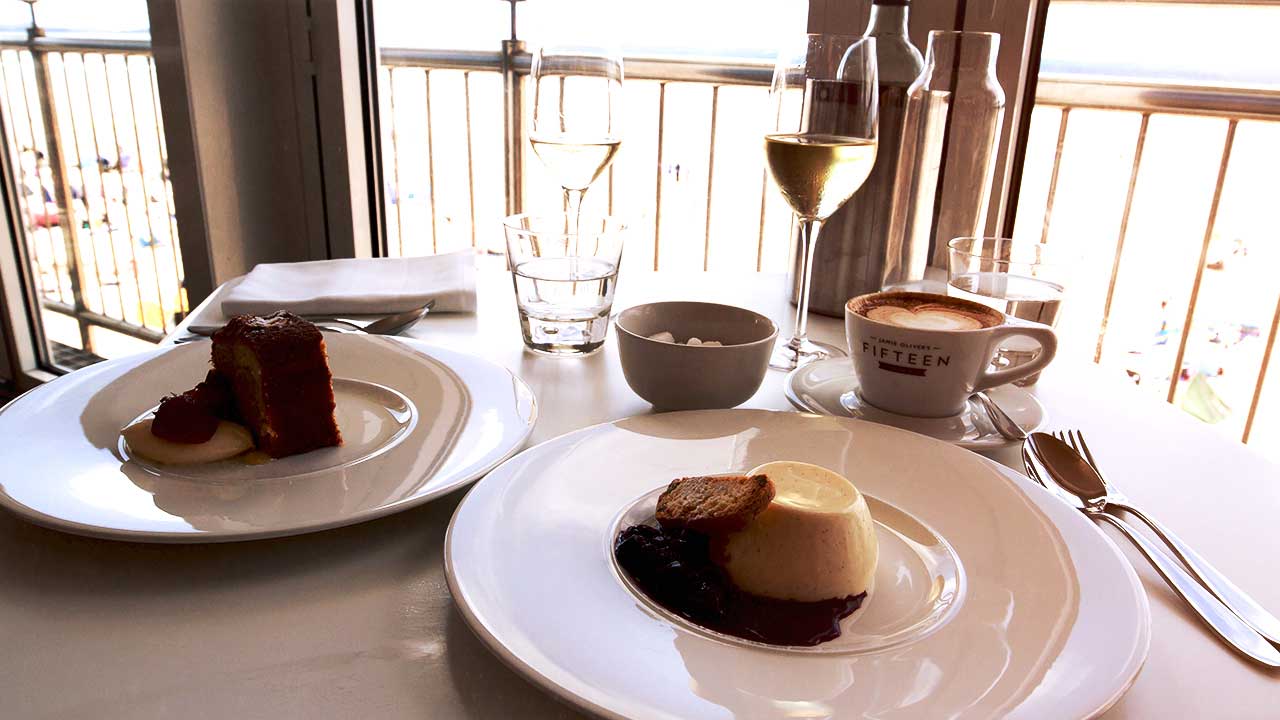
The most important decision you’ll have to make when drinking wine is the answer to a simple question: Did you like it?
It’s perfectly alright to not like the first glass of wine you have. In fact, there’s so many varieties out there that the odds are probably not in your favor to find something you love at first.
If you didn’t like the wine at first taste, don’t worry. And most importantly, don’t let it detract you from trying again with another variety.
The pathway to enjoying wine is sort of like enjoying coffee.
For many people, their first sip of coffee wasn’t love at first taste. They powered through it to get the caffeine benefits. After a while, they’re drinking it for both the caffeine benefits and the flavor.
Enjoying wine is a marathon; it’s not a sprint. It’s about getting a better understanding of the smells and flavors you enjoy and finding the varieties to match.
If you buy a bottle of wine and didn’t like the first glass, don’t throw the rest out. Some wines just aren’t anything to write home about as soon as you uncork it. Leave the bottle open for a little bit. By keeping the cork off, you’re letting the wine oxidize as it’s exposed to the air. After an hour or two, try another glass.
Still don’t like it? No problem.
Another thing you can try is just letting it sit for a day. Believe it or not, after opening a bottle of wine the simple act of letting the wine sit can change its aromas and flavors.
Over the next day or two, try giving the rest of the bottle a shot. Most people experience wine quite differently when it’s paired with food, so you might try pairing it with food before dismissing that variety. Maybe it’s a bold red wine, so you could try it with some cheeses (a sharp cheddar could be a great place to start).
Because of the complexities of how we, as humans, experience tastes there’s a nearly incalculable amount of ways you can change how the wine tastes when you drink it. So try a few different things. You might find you don’t like the wine by itself, but you really enjoy it with a certain dish.
If you’re still convinced you didn’t like it, chalk that up as a learning experience and next time you’re at the store try a different variety.
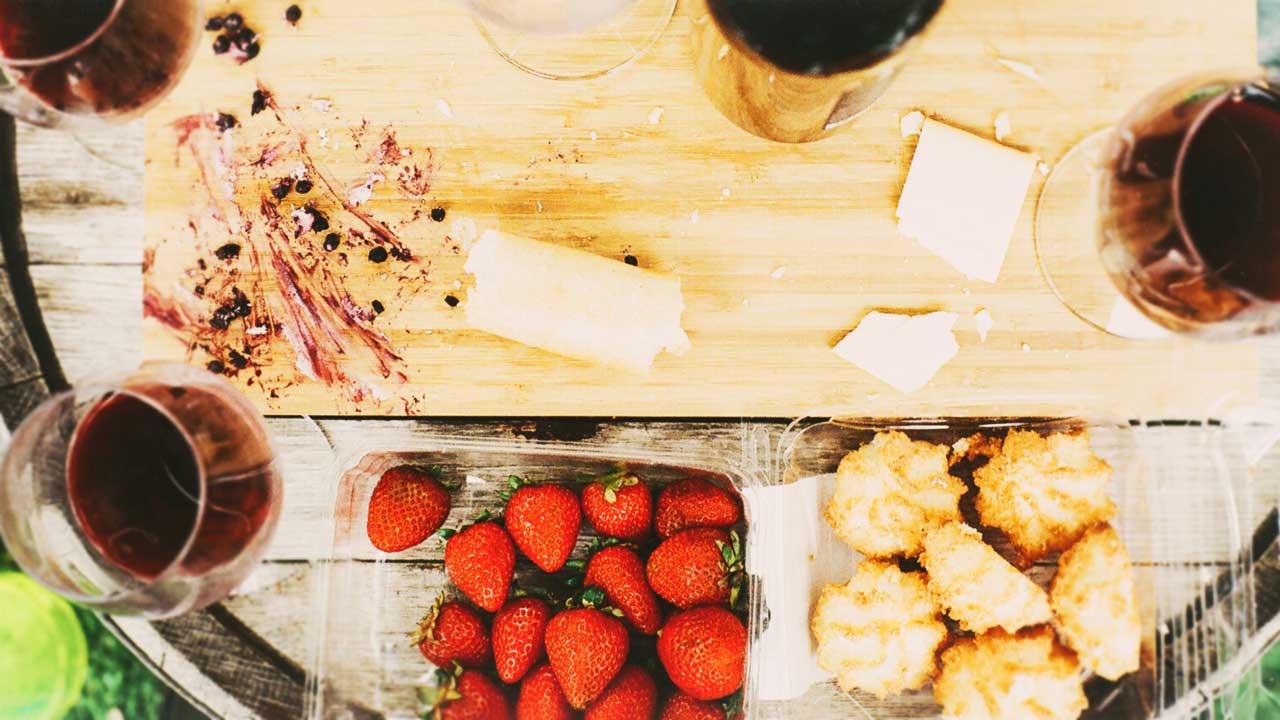
In the end, embarking down the path of enjoying wine isn’t something that’ll happen overnight.
You’ll buy bottles you don’t like.
There might even be some you hate and some that are just so-so.
Every so often, there’ll be a great wine that you fall in love with. But you won’t stop there. If anything, finding a great wine will drive you to find another. And another.
You see, enjoying wine isn’t about the destination. It’s about the journey.
And perhaps that’s why wine has lasted throughout human history as one of the best analogies to life itself.

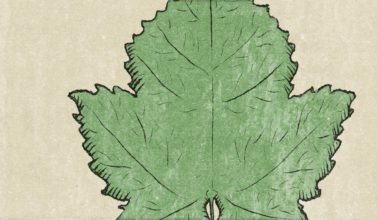
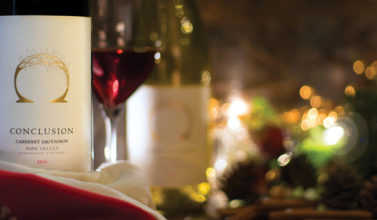

Leave a Comments